- News
- Reviews
- Bikes
- Accessories
- Accessories - misc
- Computer mounts
- Bags
- Bar ends
- Bike bags & cases
- Bottle cages
- Bottles
- Cameras
- Car racks
- Child seats
- Computers
- Glasses
- GPS units
- Helmets
- Lights - front
- Lights - rear
- Lights - sets
- Locks
- Mirrors
- Mudguards
- Racks
- Pumps & CO2 inflators
- Puncture kits
- Reflectives
- Smart watches
- Stands and racks
- Trailers
- Clothing
- Components
- Bar tape & grips
- Bottom brackets
- Brake & gear cables
- Brake & STI levers
- Brake pads & spares
- Brakes
- Cassettes & freewheels
- Chains
- Chainsets & chainrings
- Derailleurs - front
- Derailleurs - rear
- Forks
- Gear levers & shifters
- Groupsets
- Handlebars & extensions
- Headsets
- Hubs
- Inner tubes
- Pedals
- Quick releases & skewers
- Saddles
- Seatposts
- Stems
- Wheels
- Tyres
- Health, fitness and nutrition
- Tools and workshop
- Miscellaneous
- Buyers Guides
- Features
- Forum
- Recommends
- Podcast
feature
10 essential cyclocross skills to learn from four-time Three Peaks winner Paul Oldham
Cyclocross is one of the most exciting and accessible branches of cycle sport, but there are some key skills that can make it tricky to master. I've taken part in a few 'cross races but would describe myself as a rookie. I haven't mastered the strange business of dismounting and remounting for the obstacles. At least, not with any style or panache.
So when I was asked to come along to spend a day with one of the UK's most talented 'cross racers and that he was willing to share some of the essential skills required, I jumped at the chance. I didn't realise how far Broughton Hall, near Skipton was from London when I agreed, however, and after nearly five hours of driving I parked up in the grounds of the stunning 16th century house.
Buyer's Guide to cyclocross bikes - how to choose the right one for you
We (that's me and three other journalists) assembled in the somewhat squidgy grounds of Broughton Hall, the venue for the Rapha Super Cross series, with British cyclocross legend Paul Oldham. He'd competed in the Three Peaks Cyclocross race just two days before so when I asked him if he was tired, I expected him to say yes, very, but he replied that he felt fine. Hmm, I'm sure I'd still be laid up in bed after seeing the horrific conditions the race put competitors through. Paul won it four times in a row from 2015 to 2018, so he's clearly more than a bit tougher than me.
He's also the perfect person to teach cyclocross. Not only has he been riding and racing 'cross since he was 18, but he's a very down to earth and straight talking chap. He was only too happy to talk us through the skills and after a few hours in his company, it's fair to say we all came away with the understanding of how to approach the tricky skills that are key to 'cross.
It's a very technical sport is cross, involving obstacles like wooden hurdles, steps, sandpits and steep banks that really test bike handling skills. There's nothing else like it; nothing even comes close. To the casual observer it can all look a bit odd, grown men jumping off their perfectly good bikes and leaping over wooden planks pegged into the ground.
Once Paul had taken the time to deconstruct the skills into their key components, it starts to make sense and soon we're all leaping over a hurdle, negotiating tight corners and tackling steep banks and off-camber tracks. And once we had gotten over the fear some of us had with the dismount and throwing the bikes around sloppy slippery grass and mud, we were all laughing and smiling. Cyclocross really is a lot of fun, more so when you get your head around the techniques involved.
Paul's been busy winning the Three Peaks CX Race
So are the key skills and techniques, in Paul's own words, that you need to grasp for successful cyclocross racing.
Starts
Choose a gear which you can accelerate quickly, but not too low that you spin out instantly. Put your strongest leg forward and concentrate on getting your foot in the pedal. Remember, the start is very important.
Dismount
Remount
I think the remount is often the bit that scares beginners.“You see people launching themselves a foot above their bike,” Paul tells us. “You don't need to. You're really just stepping onto the bike.” Here's how it should be done.
Shouldering
Use the dismount, but as you unclip lift your bike by the top tube and pass your elbow through the triangle to place crossbar on shoulder. Pass your right hand under the down tube and hold the left drop on the bars. Pull it all in tight and run.
Cornering
6 reasons to try cyccross this winter
Lines
Always look for the grip. Try different lines whilst practising, but don’t worry about changing your lines mid-race as conditions change. Watch other riders.
Steep banks
If possible, attack the bottom of the climb. The more speed you carry the less power you need on the steep section. As you hit the steep part, move your weight back to gain grip. Keep moving your weight forward and backward to balance.
Sand
Weight back, slightly higher gear, full commitment and stay loose and in the rut!
Mud
Similar to sand: stay seated and use a slightly bigger gear. The faster you go the easier it is. Pick your lines - usually the edge of the mud is fastest, where the grass meets the mud.
Bike setup
Bike setup is also very important and the most important part of all is the tyres and their pressure. Paul tells us, “Tubulars are the best for cross as they can be run at lower pressure with less punctures." The downside is that they're very expensive. They're also lots of work to fit. Clinchers can now be run tubeless which gives advantages.
After tyre choice, tyre pressure is the critical factor, and we could fill this entire page with talk and chin scratching about the best pressure. Paul reckons, “For tubulars pressure needs to be between 20 and 30psi whereas clinchers should be a little higher [to avoid pinching].”
The right pressure will depend on the course and the conditions. Paul shared a good bit of advice, and that's to practise the course with about 30psi in the tyres, and then let some air out until you reach a satisfactory pressure that works on the terrain.
We asked Paul if he sets his 'cross bike up any differently to his road bike.
“I set my bike saddle height the same for road, mountain bike and cross," he said. "I have my handlebars about 20mm higher and the top tube is about 10mm shorter than on my road bike for added control.”
So think about running a stem that's slightly shorter and higher than you use for the road.
Thanks to Paul Oldham for this time. Paul Oldham has cyclocross in his blood. He started racing back in the late 80s and has risen to become one of the most successful 'cross racers in the UK, taking the National Championship in 2011 and winning Yorkshire's legendary Three Peaks cyclocross race three times in a row.
After all of that mud, you'll need to clean your bike. Here's how.
David worked on the road.cc tech team from 2012-2020. Previously he was editor of Bikemagic.com and before that staff writer at RCUK. He's a seasoned cyclist of all disciplines, from road to mountain biking, touring to cyclo-cross, he only wishes he had time to ride them all. He's mildly competitive, though he'll never admit it, and is a frequent road racer but is too lazy to do really well. He currently resides in the Cotswolds, and you can now find him over on his own YouTube channel David Arthur - Just Ride Bikes.













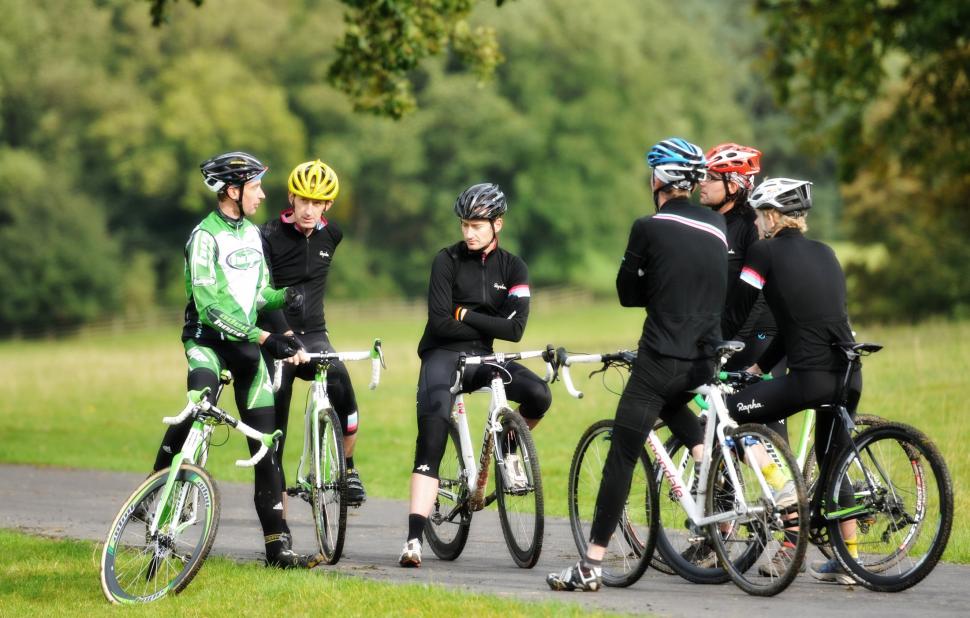
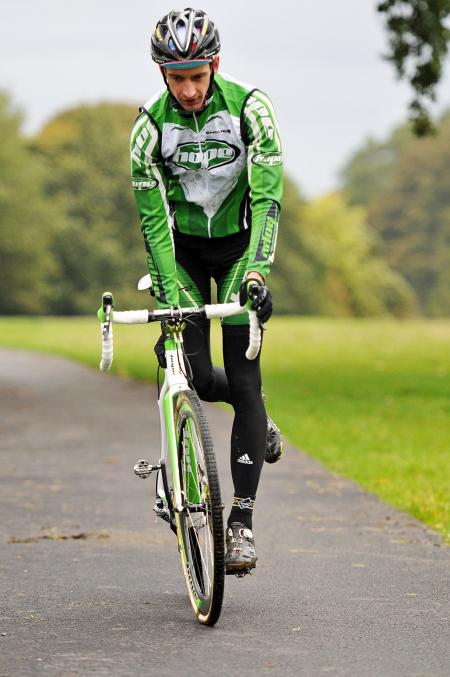
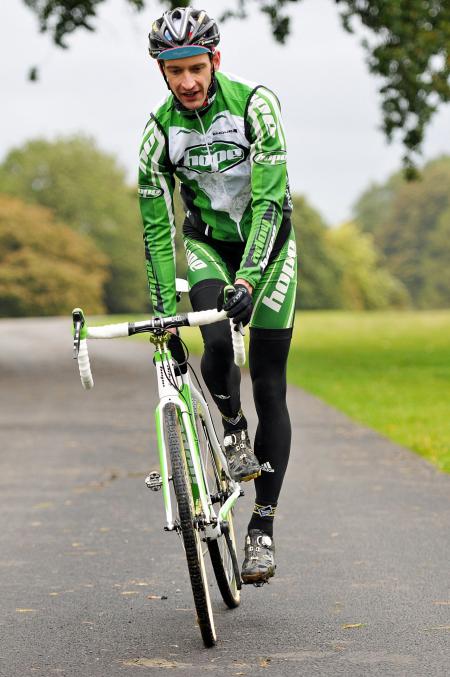
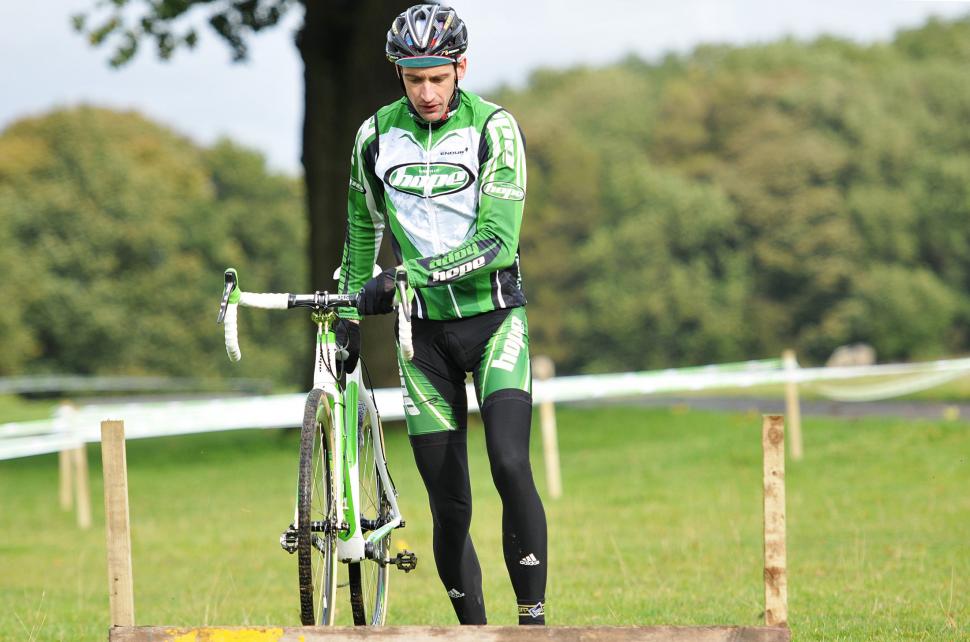
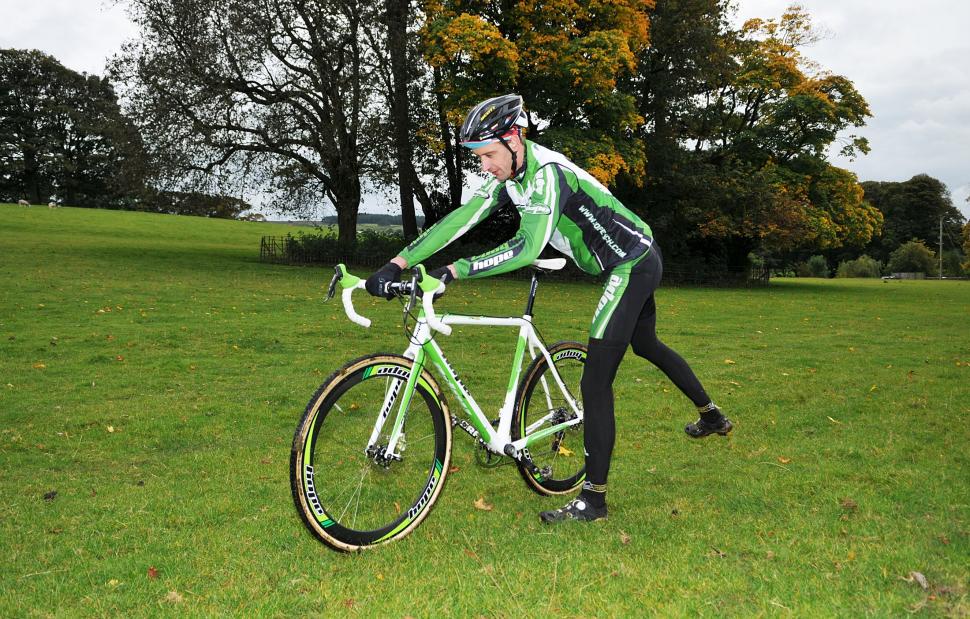
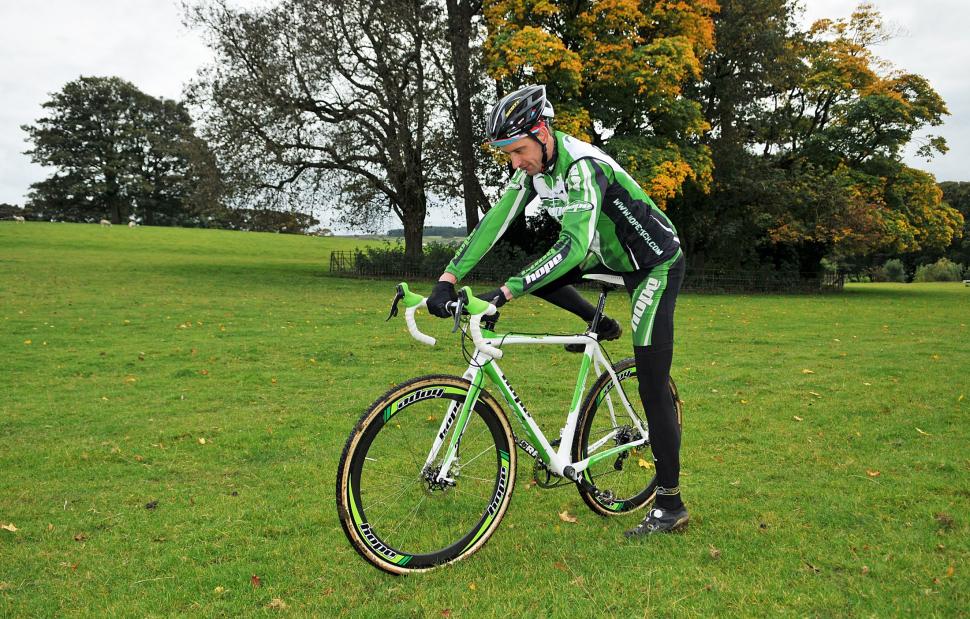
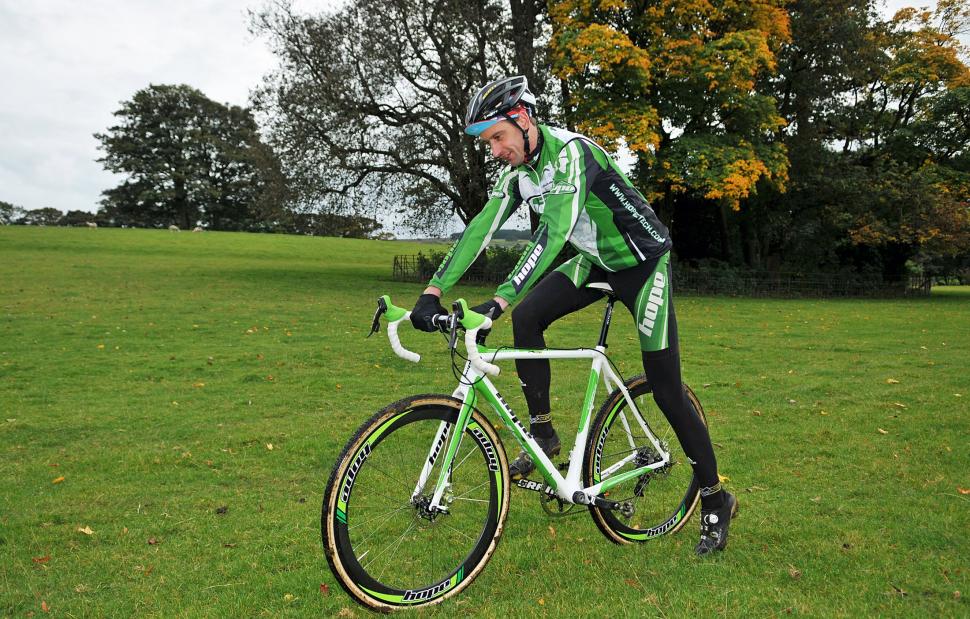


Cycling infrastructure does not force drivers to break the law, drivers are the reason they break the law, no one else.
Ah but taking pictures of things to defy the man (avoid a fine) is righteous. Taking pictures of people to grass on them to the cops (perhaps...
But getting paid for it is the very definition of professional....
Never had a Shimano QR fail on me. They just work. And the top end ones look good too....
If you're only looking at the guy in front of you then you're going to crash whatever brakes you have, you need to look beyond them to anticipate...
As a woman, this works great for me! My chain broke once, and a kind guy stopped with a chain breaker and sorted it all out for me. We stopped at a...
Same. I also have gone through a bunch of their tyres, and only the extralight disappointed (torn sidewall) but the standards are fantastic....
thanks for the ideas....
Indeed - but it's no more inconsistent than our current road design - very often UK high streets are "for shopping" and also a busy through route....
If you ask the world's leading economic commentators how many people have been rescued from abject poverty by capitalism the average answer would...